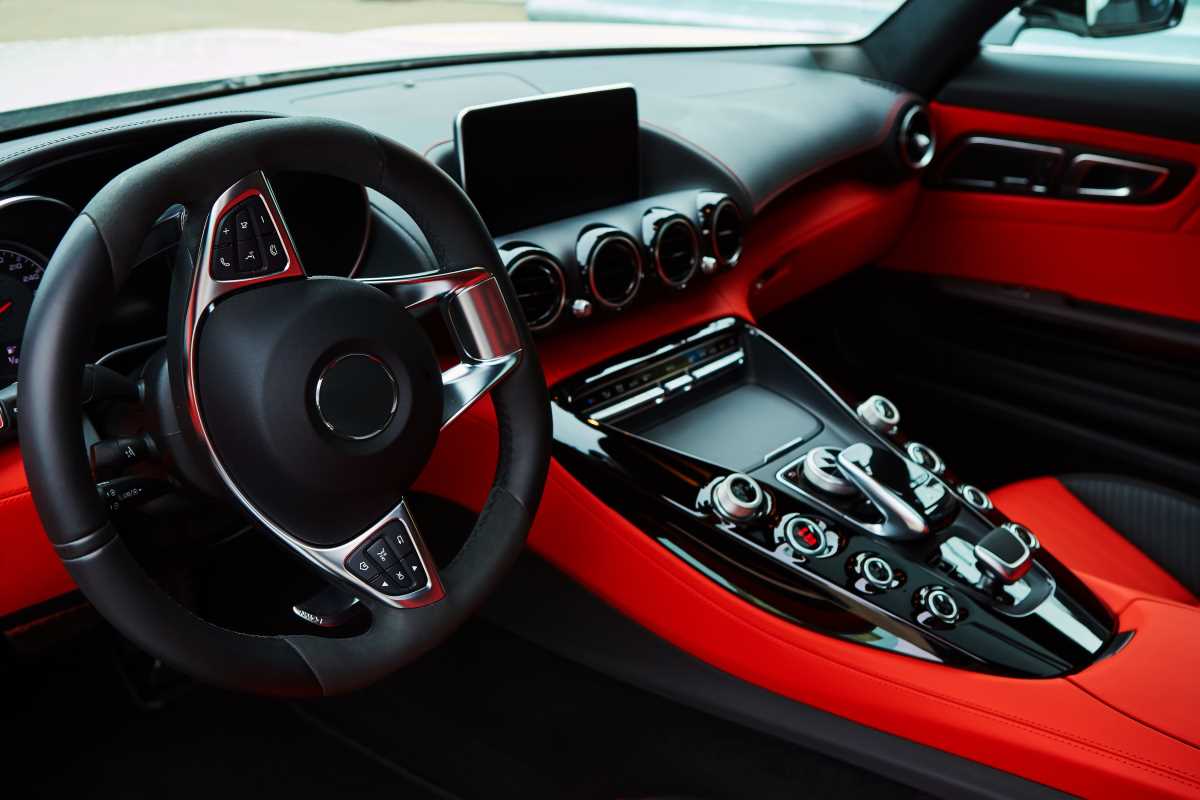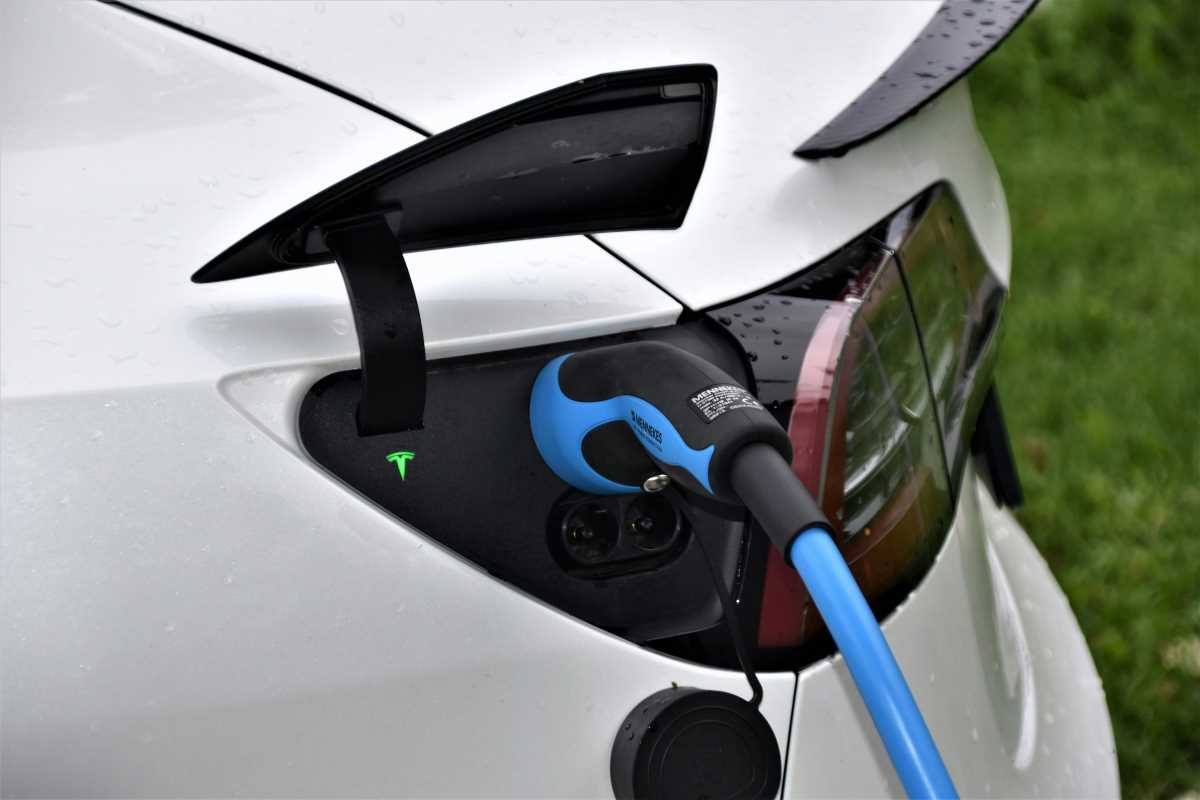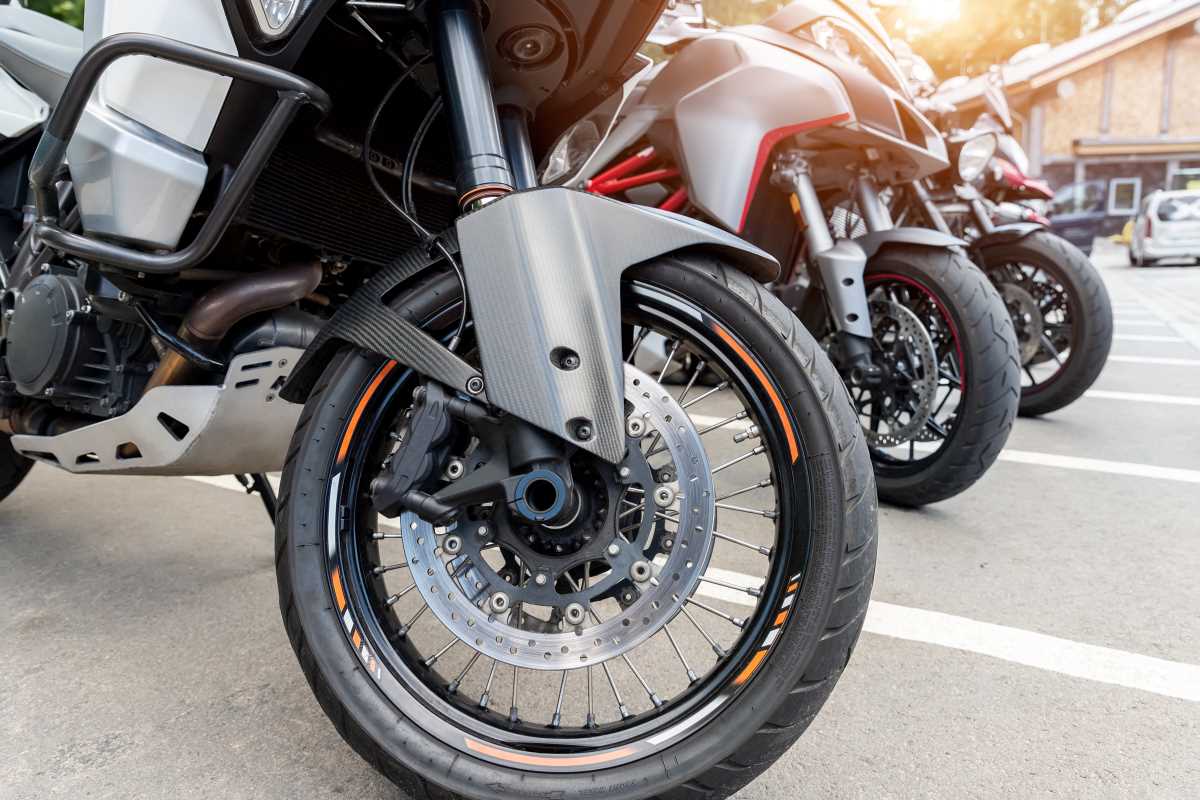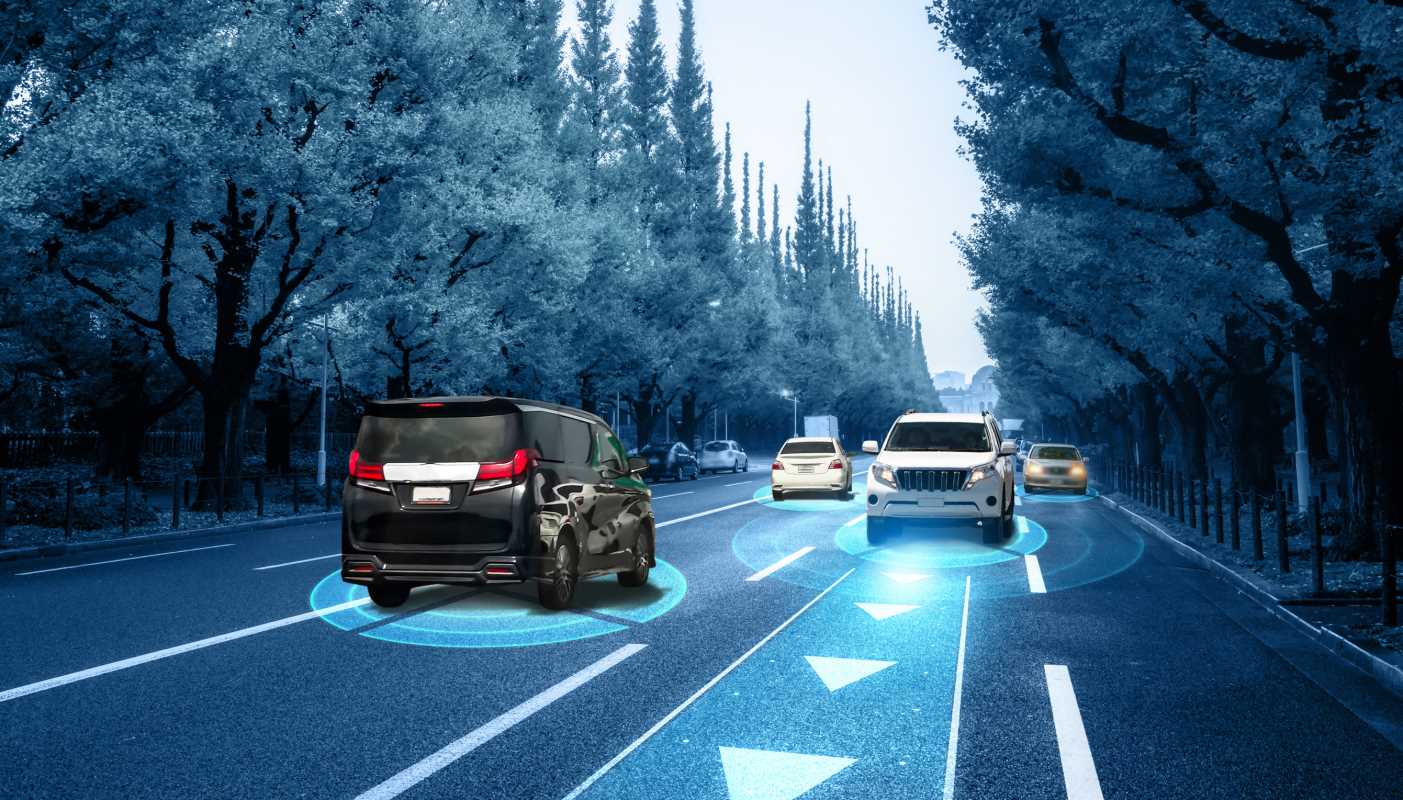Drivers often seek ways to stretch their fuel further and keep more money in their wallets each time they fill up. Hybrid vehicles offer a practical answer, blending electric motors with traditional gasoline engines to deliver impressive fuel savings. By using both power sources, these cars maximize efficiency and cut down on unnecessary fuel use. This combination not only supports a smoother driving experience but also helps reduce the frequency of visits to the gas station. As fuel prices fluctuate and conservation becomes more important, hybrids stand out as a sensible option for those looking to make the most of every tank.
Innovative advances in hybrid cars have introduced impressive fuel-saving features. From cutting-edge braking systems to clever energy management, these improvements help keep expenses low, emissions down, and the overall driving experience smooth and enjoyable.
The Growth of Hybrid Vehicles
Hybrid vehicles have gained popularity in the automotive market by combining a gasoline engine with an electric motor. This combination delivers a performance and efficiency balance that traditional cars find hard to match. As a result, more drivers choose hybrids to save on fuel costs and lessen their environmental impact.
Practical examples demonstrate the appeal of these cars. Take the Toyota Prius as an example; its proven reliability and efficiency set a strong standard for other hybrids. Today’s hybrids do more than promise lower fuel bills—they provide a dynamic driving experience with smoother acceleration and innovative features designed to make every journey cleaner and more cost-effective.
Regenerative Braking Systems
A key feature found in hybrid vehicles is the regenerative braking system. This system recovers energy that usually gets lost during braking and converts it into electricity to recharge the car’s battery. When you press the brakes, instead of wasting all that energy as heat, the system captures it, providing extra power when needed.
This approach not only extends the battery’s life but also lessens wear and tear on the brake pads, reducing maintenance costs. Many drivers notice that their vehicle’s overall performance remains consistent over time, thanks to the energy stored during each stop. It’s a clever, eco-friendly twist that turns a common driving action into a way to save energy.
Lightweight Materials and Aerodynamic Shapes
Modern hybrids use lightweight materials to improve overall efficiency. Manufacturers incorporate advanced alloys and composite materials to reduce vehicle weight. With less mass to move, the engine works less and consumes less fuel, resulting in better mileage on every tank.
Engineers also focus on aerodynamic design. Shaping the vehicle so that air flows smoothly over its surface reduces wind resistance at higher speeds. This approach boosts fuel economy. When you see models with sleek lines and streamlined profiles, you see a design philosophy that cuts drag and increases efficiency.
Advanced Battery Technologies
Battery performance plays a central role in a hybrid vehicle’s success. Recent improvements in battery technologies have greatly increased the efficiency and reliability of hybrids. These advancements provide better energy storage and faster recharge times for the electric motor.
- Improved energy density: New battery types store more power in a smaller space.
- Enhanced durability: Better battery chemistry ensures longer-lasting performance.
- Faster charging times: Cutting-edge models often recharge in less time.
Developers continuously improve battery materials and designs. Some vehicles now incorporate batteries that work with systems like Panasonic or LG Chem to fully utilize the latest breakthroughs. This means drivers face fewer limits on range and performance, even as the vehicle switches between electric and gasoline power.
Smart Energy Management Systems
Hybrid vehicles excel at maximizing the energy stored in their batteries. Smart energy management systems regulate power distribution based on driving conditions, improving efficiency at every turn. These systems balance electric power use and reliance on the gasoline engine, ensuring every bit of energy gets used effectively.
- Automated power distribution: The system decides in real time whether to use the engine or electric motor for optimal performance.
- Adaptive performance: It monitors battery levels and driving habits to adjust energy flow effectively.
- Efficiency tracking: Drivers receive feedback on fuel economy, helping them adopt better driving habits.
Such smart management ensures that hybrids optimize performance even in stop-and-go traffic or city driving. The result is an intuitive system that turns technical complexity into everyday convenience at the wheel.
Low Rolling Resistance Tires
Another major factor in hybrid fuel efficiency is the use of low rolling resistance tires. These specially designed tires lessen friction between the car and the road by employing innovative tread patterns and softer compounds that need less energy to roll. Consequently, every mile driven requires less power from the engine.
Drivers quickly realize the difference when switching from standard tires to these efficiency-focused options. The tires not only improve fuel economy but also provide better stability and a smoother ride. Many modern hybrids come with these tires as a standard feature, showing how manufacturers embed efficiency into every aspect, from the engine to road contact.
Lightweight Materials and Aerodynamic Shapes
Although the importance of lightweight materials and aerodynamic shapes has been previously discussed, these design principles influence more than just the chassis. They affect everything from suspension settings to interior layout, making sure every component contributes to saving fuel.
Manufacturers invest in research to refine these aspects continuously. By adjusting the vehicle’s shape and the materials used, they extract more efficiency from each trip. This all-encompassing approach improves performance without sacrificing comfort or safety.
Hybrid innovations improve fuel efficiency, reduce operating costs, and support a more sustainable future for drivers.
 (Image source: Toyota)
(Image source: Toyota) 





